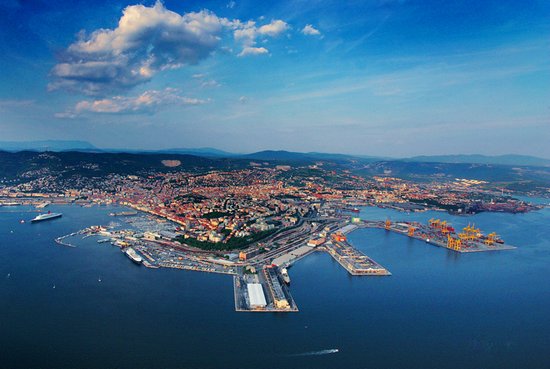Nothing seems to disturb the constant descent of container shipping spot rates, which also in the survey released on April 4, 2024, by Drewry, show a red arrow across all routes. The route of interest to Italy, between Shanghai and Genoa, shows a weekly reduction of five percent, standing at $3,614 per FEU (forty-foot equivalent unit). Compared to the same period last year, the figure is still 61% higher.
Toward the North Sea, the route between Shanghai and Rotterdam has seen an average freight rate decrease of 3%, reaching $3,078 per FEU. If this trend continues, the freight rate might drop below $3,000 as soon as next week. In the opposite direction, the decrease is 2%, bringing the rate to $794. From the Dutch port, Drewry also reports the average freight rate to and from New York. Heading westward, there's a one percent decline (to $2,244 per FEU), while departures from the US port saw a freight rate decrease of two percent, to $622.
On the Pacific front, the transportation of a 40-foot container from Shanghai to Los Angeles has dropped by 3% to $3,704 per FEU, while in the opposite direction, the weekly value remained practically unchanged ($688 against $691). The average freight rate between Shanghai and New York also fell by three percent, touching $4,894 per FEU.
The composite index of spot freight rates, covering all routes considered by Drewry, experienced a weekly decline of 3%, standing at $2,836 per 40-foot container. This value represents a 66% increase compared to the same period last year and almost double the pre-pandemic value. The average of the composite index from the beginning of 2024 to the end of March is $3,372 per 40-foot container, highlighting an increase of $666 compared to the ten-year average of $2,706. However, this last figure has been significantly inflated by the exceptional biennium of 2020-2022, when the world witnessed a global pandemic that altered trade flows and pricing mechanisms in maritime transport.
Drewry forecasts a slight decrease in spot rates in the short term. This outlook is based on the current market dynamics, characterized by a mix of factors including the post-pandemic economic recovery, ongoing geopolitical tensions, and the fluctuations of demand and supply on a global scale.


































































